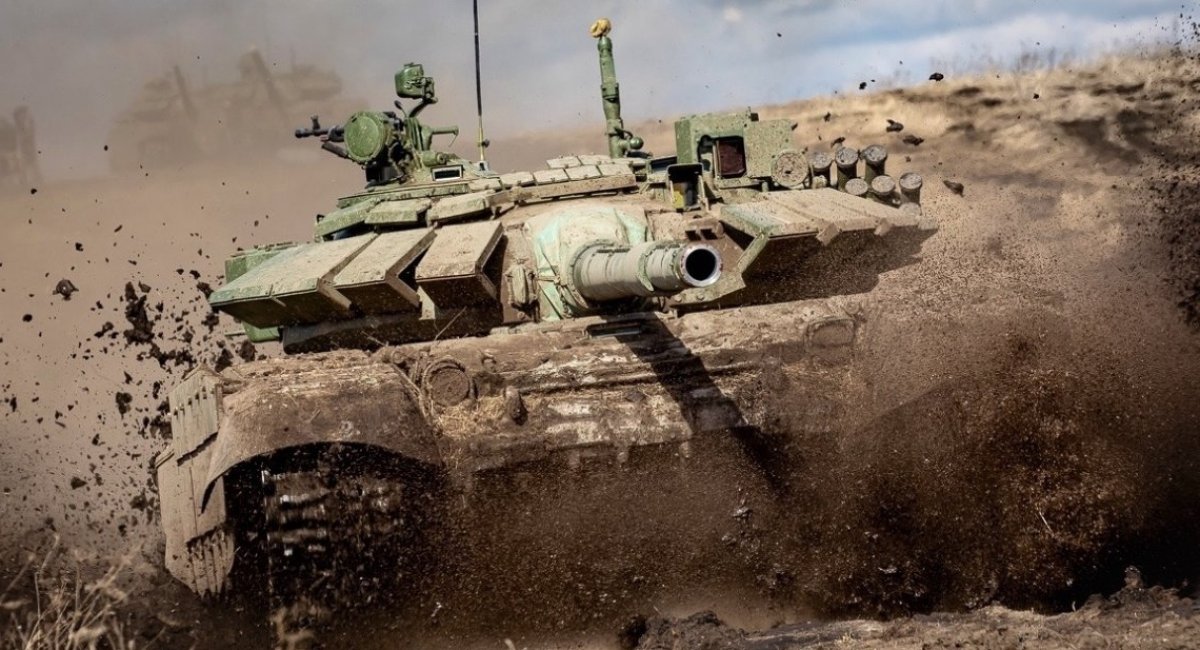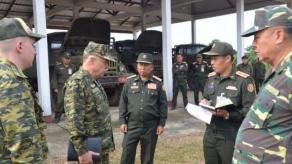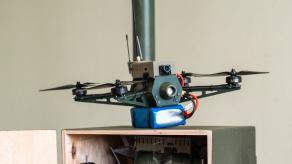These fears are not at all groundless, given that Russia has amassed multi-thousand- strong forces along Ukraine’s border, in positions where they could invade. However the question remains open as to what can spark the crisis evolving into all-out war.
Background
Read more: US Administration Considering Sending Lethal Weaponry, Including Mi-17 Helicopters, Stinger Missiles, and Javelin Anti-Tank Missiles to Ukraine Amid Fears of Potential Russian Invasion
Russian forces build-up at Ukraine border was first reported by the Washington Post in late October 2021. The outlet’s sources told it that individual units of the Russian Armed Forces had not gone back to their regular bases after Russia’s strategic-operational exercise Zapad 2021 in September, and there were also reports that Russia was deploying more of its forces towards Ukraine’s border.
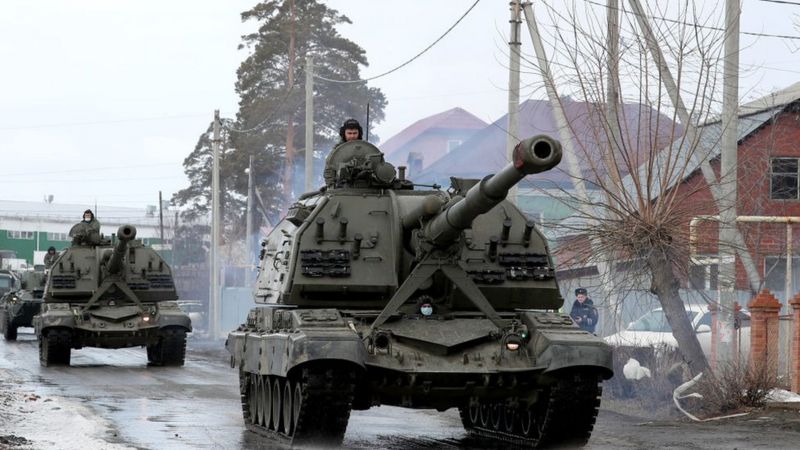
Earlier in November, POLITICO released satellite images showing a buildup of armored units, tanks and self-propelled artillery along with ground troops massing near the Ukrainian border. The German outlet Süddeutsche Zeitung reported that European allies had received a warning from the US that Russia is amassing troops and heavy equipment on Ukraine’s border and could invade in early 2022, and similar reports had come in from Bloomberg as well.
Ukrainian President Volodymyr Zelenskiy, in a statement November 10, corroborated concerns about suspicious Russian troops movements near Ukraine. He said that Ukrainian special and intelligence services are well aware of the situation and the Armed Forces have the resolve to repel a Russian military attack if that happened.
Afterwards, deputy chief for national security and defense affairs at the Presidential Office, Roman Mashovets told Military Times that the Russian military had conducted a series of major command-and-staff training exercises along Ukraine’s border during the months since July 2021, and the units that participated came back to their home bases with their vehicles and heavy equipment, such as tanks, armored fighting vehicles, and Iskander missile launching vehicles left in near Ukraine locations. This would allow Russian commanders to very quickly redeploy their units, bring together strike groupings and put them on alert for an offensive operation on the Ukrainian soil.

More detailed assessments regarding the potential Russian invasion began emerging over the past few days. Ukraine’s chief of defense intelligence, Brig Gen Kyrylo Budanov told the media that Russia had massed on Ukraine’s border close to 94,000 troops, 1,200 tanks, 2,900 armored fighting vehicles, 1,600 artillery pieces, 330 airplanes, 240 helicopters, 75 naval vessels, and 6 submarines as of November 20. With this force in place, Russia is preparing for an attack by the end of January of beginning of February, Budanov told Military Times.
The Kremlin, for its part, warned about increased risks of Ukrainian provocations, especially in Crimea.
The crisis is exacerbated further by increased, provocative armed attacks, including those involving heavy weapons [banned under the Minsk peace agreements], committed by Russia-backed militants against Ukrainian government forces and civilians on the line of contact in Donbas. Russia has also intensified training of its forces in its currently occupied eastern Ukrainian regions and Crimea.
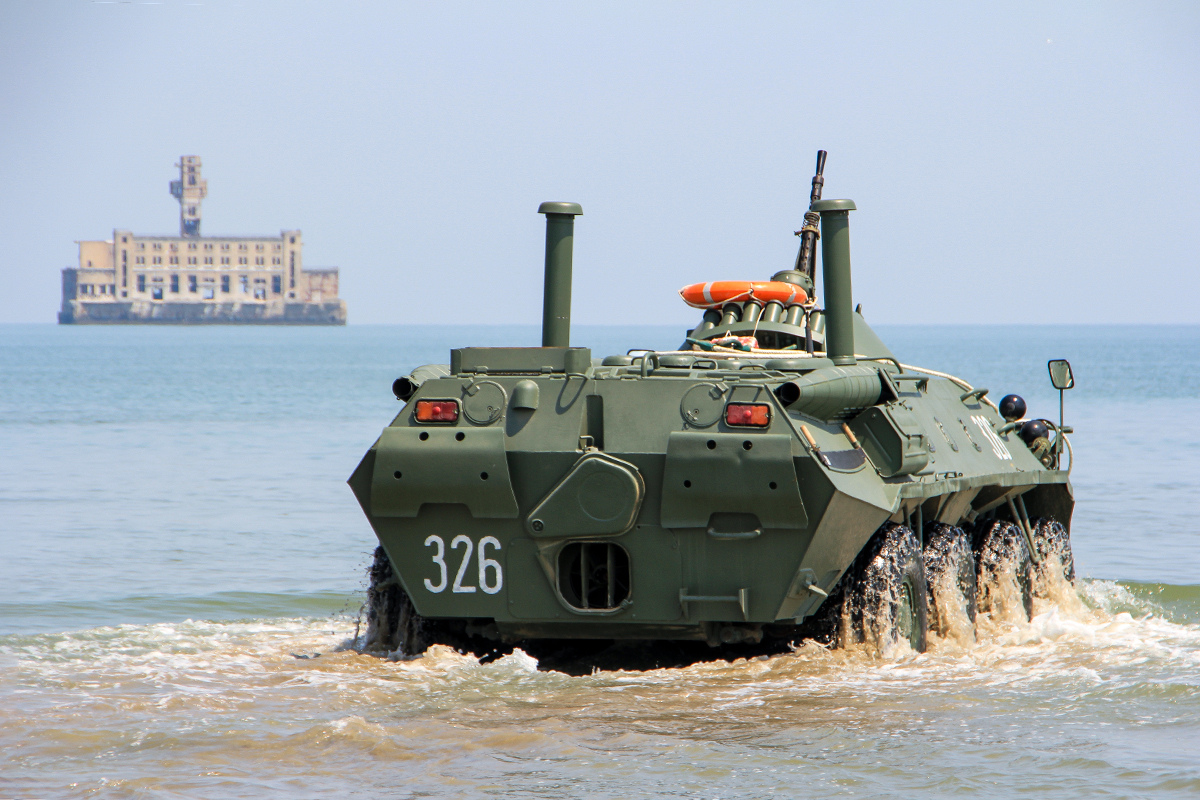
How everything can get started
There apparently is no clear answer to this question. However, seven years of ongoing war between Ukraine and Russia and the overall military-political situation evolving around Ukraine offer indications that the Kremlin will act in a pretty predictable manner. This is because in the current situation, despite the growing political tensions between Ukraine and the West on the one hand and Russia on the other, the Kremlin needs a casus belli to launch a war, the one akin to the Gliwice provocation that Hitler exploited as an excuse to invade Poland in 1939.
One scenario, which is predicted by many military analysts and currently seen as most preferable by the Kremlin, calls for the overall destabilization of Ukraine. This will involve the use of all possible means and measures to instigate and fuel mass protests and demonstrations against, for example, electricity and heating cost hikes, surge in food prices, and people’s impoverishment, or those related to Wagnergate, anti-vaccine movement etc.
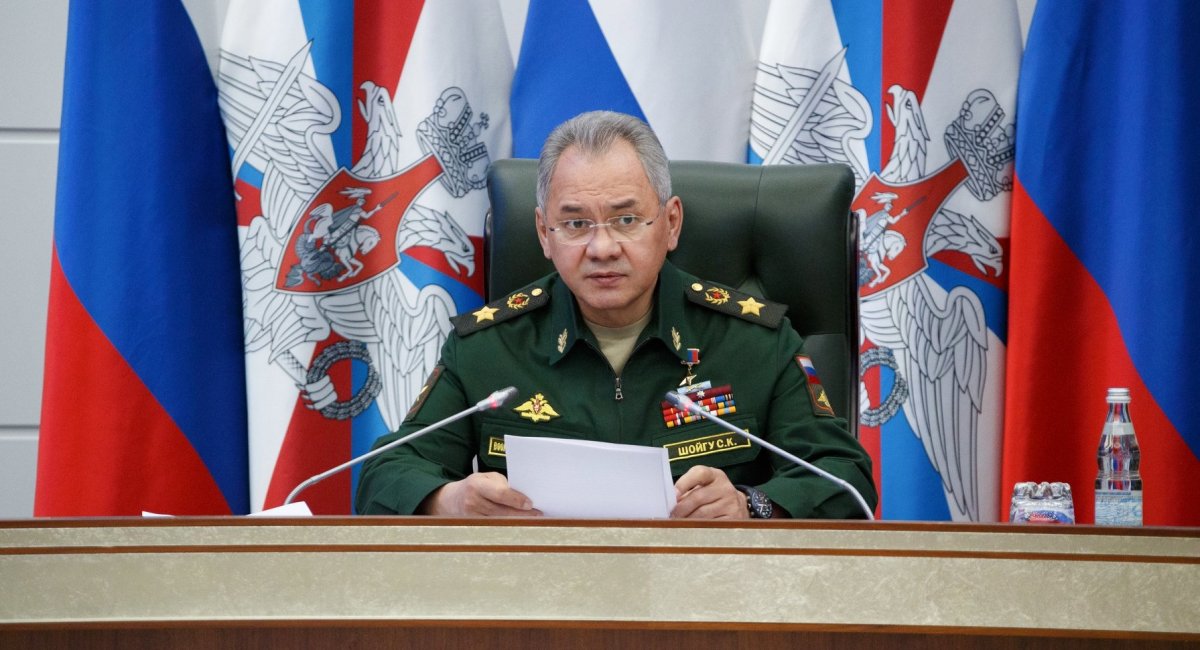
The focus here is to make believe that Ukraine is in disorder and chaos and the government is unable to cope with the situation. Once faced with increasing domestic opposition, Moscow begins telling the Collective West that it “cannot overlook the terrible events taking place in the sister country of Ukraine and has to use military force to compel the Ukrainian authorities to make peace and reestablish constitutional order”.
This scenario has been long prepared for. In parallel with this, conditions have been fostered to ensure that the West, both the EU and US, give only minimal response due to the need to tackle own problems, such as the ongoing migration crisis on EU-Belarus border, hiking gas prices in Europe, foreign interference in election in a number of countries, etc.
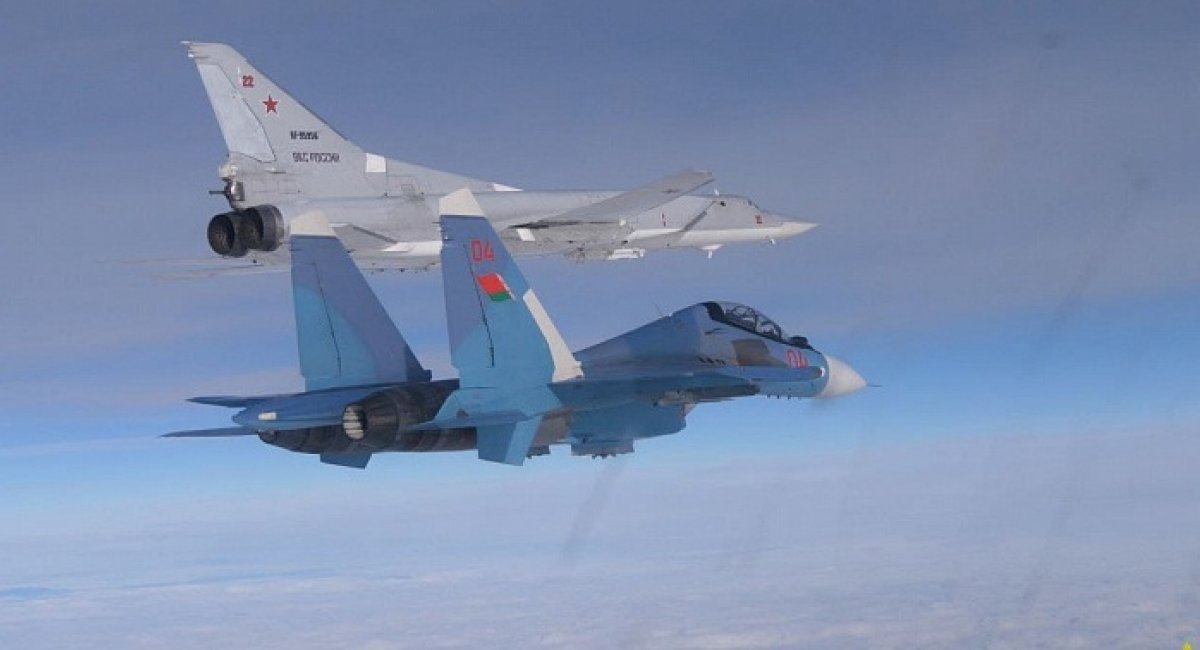
The second (and pretty realistic) scenario would involve military escalation on the Donbas front line, with the risk of tumbling into all-out war. Relevant to this scenario is Russia’s massive “passportisation” campaign in separatist-controlled areas of eastern Ukraine. The purposes of this campaign are to get additional reserves of loyal voters and to rapidly increase the number of Russian citizens in the “people’s republics” of Donetsk and Luhansk, a move that makes the abundance of the Russians in rebel forces and their offices less conspicuous.
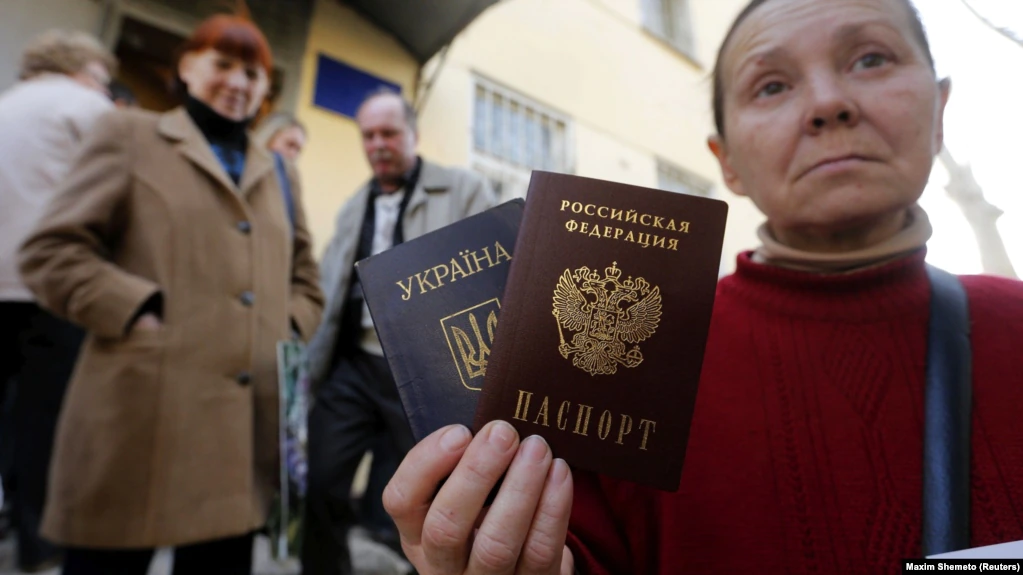
The Ukrainian people in Donbas who opted for Russian citizenship have become hostages to the Kremlin, a tool that the latter can exploit as a formal justification for Russia to massively invade Ukraine, not only Donetsk and Luhansk regions currently under de-facto Russian occupation. Moscow can escalate the confrontation in the Donbas warzone as and when it sees fit and thus put at risk the lives of the locals to whom it had granted its citizenship.
Citing the “urgent need to protect its citizens” and accusing Kyiv of the “use of violence”, Russia is going to begin moving masses of its regular forces into Ukrainian territory. A formal excuse for this could be “massive, demonstrative murders of local holders of Russian passports” by Russian special unit operatives disguised as “Ukrainian infiltrators”, “ultra-right nationalists”, or the “Right Sector” members.

One common feature which is shared in these two scenarios is that potential Russian military invasion, which is likely to be assisted by allied Belarusian forces, will be held under the guise of “helping the fraternal Ukrainian people stabilize their country and reestablish constitutional order”. Each soldier invading Ukraine will believe he is doing right and will believe so when he will kill Ukrainian defenders. This reality should be accepted and prepared for by the Ukrainian public. “Do Russians want a war?” is no longer a “yes or no” question…
Several howevers
The current international political situation is such that the United States and Europe are not going to tolerate any aggressive actions by Russia, who is seeking to play a "civilized country". The West has long understood that the aggressor's statements should not be trusted and the prime targets of messages coming from Russian leaders are Russia’s own citizens, who have long lived in an artificial parallel reality created by the Kremlin’s propaganda machine.
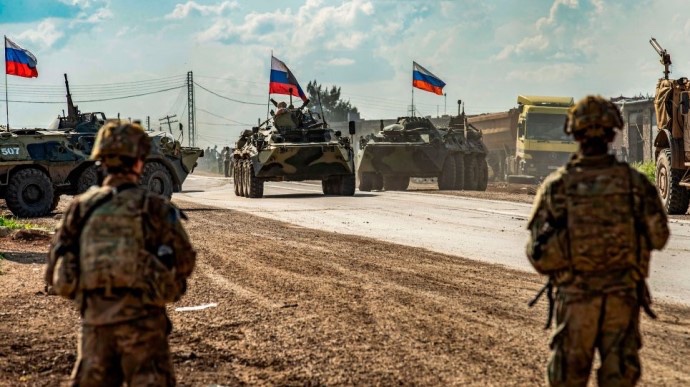
The EU, UK and US are all well aware that Russia doesn’t want a settlement to the Donbas conflict. At the OSCE Permanent Council’s Vienna meeting in late October, the EU deplored the introduction of Russian laws and legislation in Ukrainian territory. In particular, it condemned “Russia’s decision to massively involve residents of the non-government controlled territories of the Donetsk and Luhansk regions in Ukraine in the State Duma elections” as running “counter to the spirit and objectives of the Minsk agreements”. The EU said it “continues to condemn the simplified and selective procedure for Ukrainian citizens to obtain Russian citizenship resulting in accelerated passportisation of residents of those regions. This procedure represents yet another attack on Ukraine's sovereignty by Russia”.
UK Foreign Office and MI-6, for their part, said Vladimir Putin is posing a clear and real threat to Ukraine and the West, and British special forces are even ready to deploy 600 troops along with a paradrop regiment to Ukraine amid Russia invasion fears.
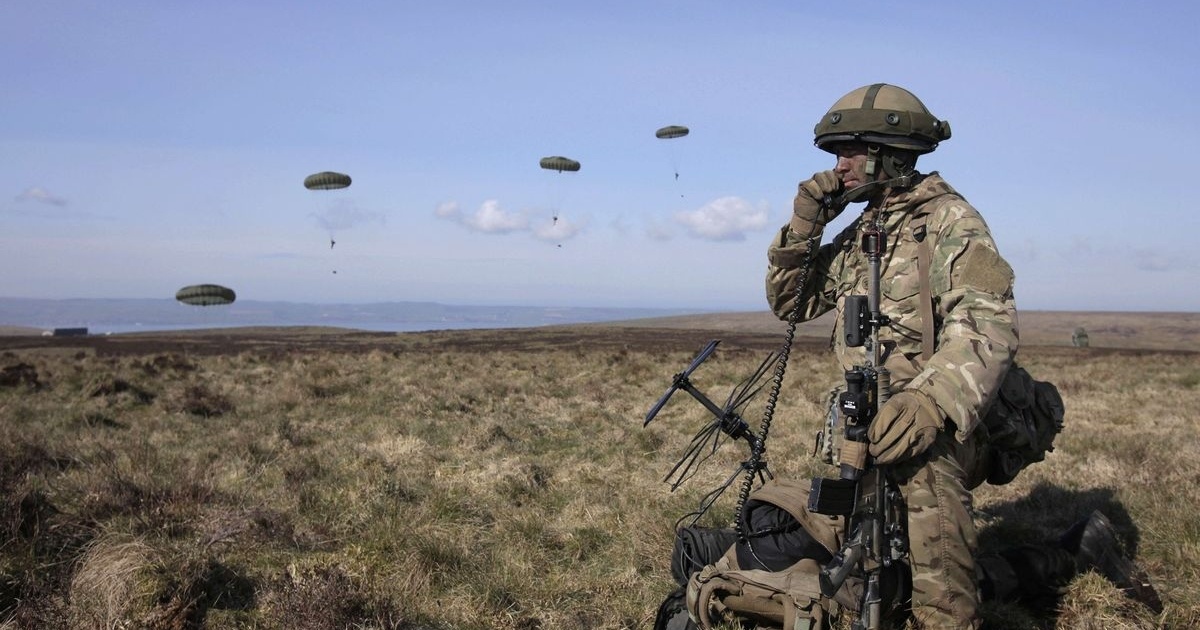
The US, in addition to statements calling on Russia to de-escalate the conflict, is weighing a new security aid package for Ukraine, including lethal weapons such as Javelin anti-armor missiles, Stinger missiles, and mortars.
But what is of most importance in this context is that the key deterrent for the Kremlin is the Ukrainian population and military and security forces. The Ukrainian military are now by far stronger than they were in 2014 and are capable of inflicting significant damage on enemy forces thus making the continuation of their advance difficult. Ukraine has a 100-thousand-strong army in reserve. Add to this thousands of citizens with combat experience gained in previous years of war in Donbas, and you will see that the Russian military is going to confront a really strong force in battle. Also, one must not discount the Ukrainian population, which is largely antagonistic toward the Kremlin and its actions.
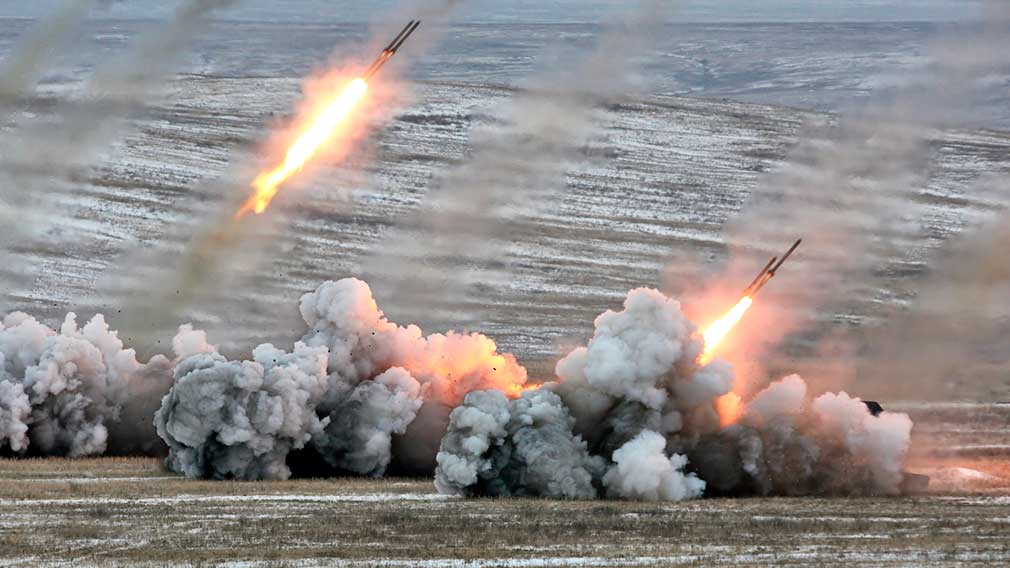
We are currently facing a situation where Russia is de facto poised to launch an offensive against Ukraine. It has a certain set of instruments to set off a major war, but is lacking in sufficient favorable conditions for this to happen. Destabilization in Ukraine, a change in EU policy toward Russia, including a revision of the sanctions imposed on Russia for violating international law, failure of Western partners to take a clear position on Russia's role in and attempts to distance itself from the Donbas conflict – this all can bring this shaky structure into ruins and will entail a real tragedy not just for our country, but for all of Europe.
Read more: Canada Weighs Bolstering its Security Aid to Ukraine as Fears Grow over Impending Russian Incursion




